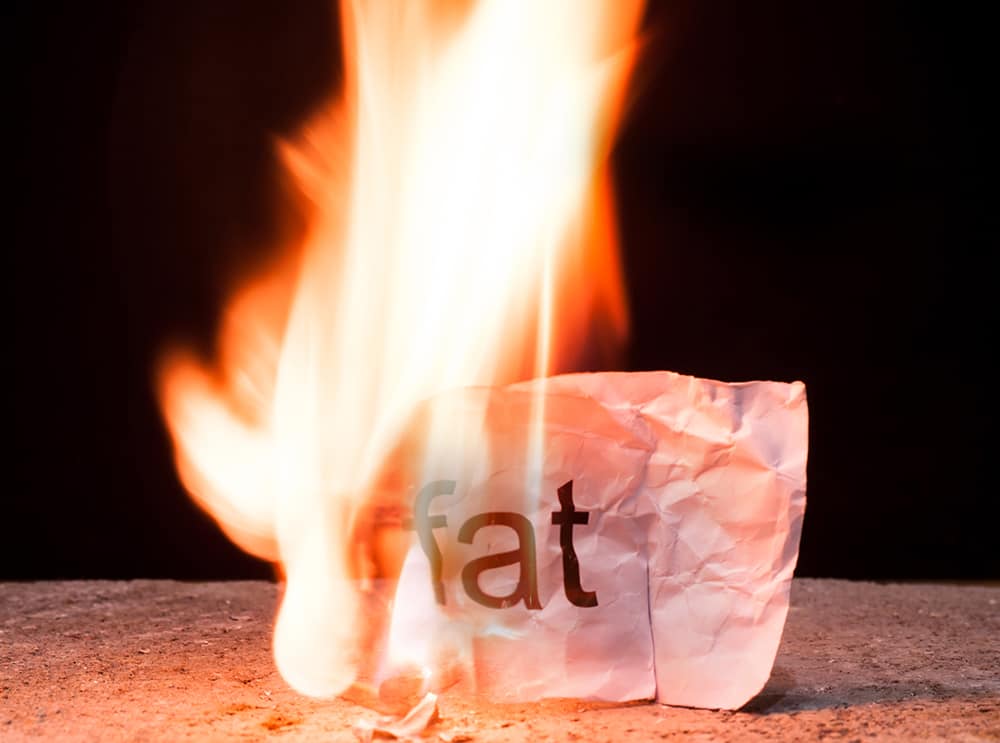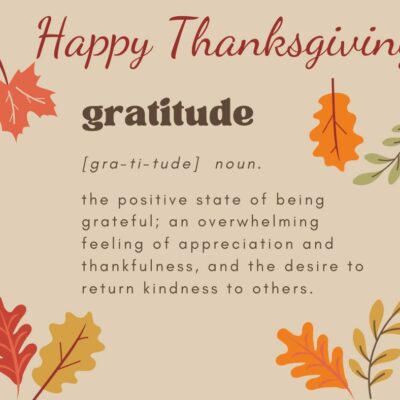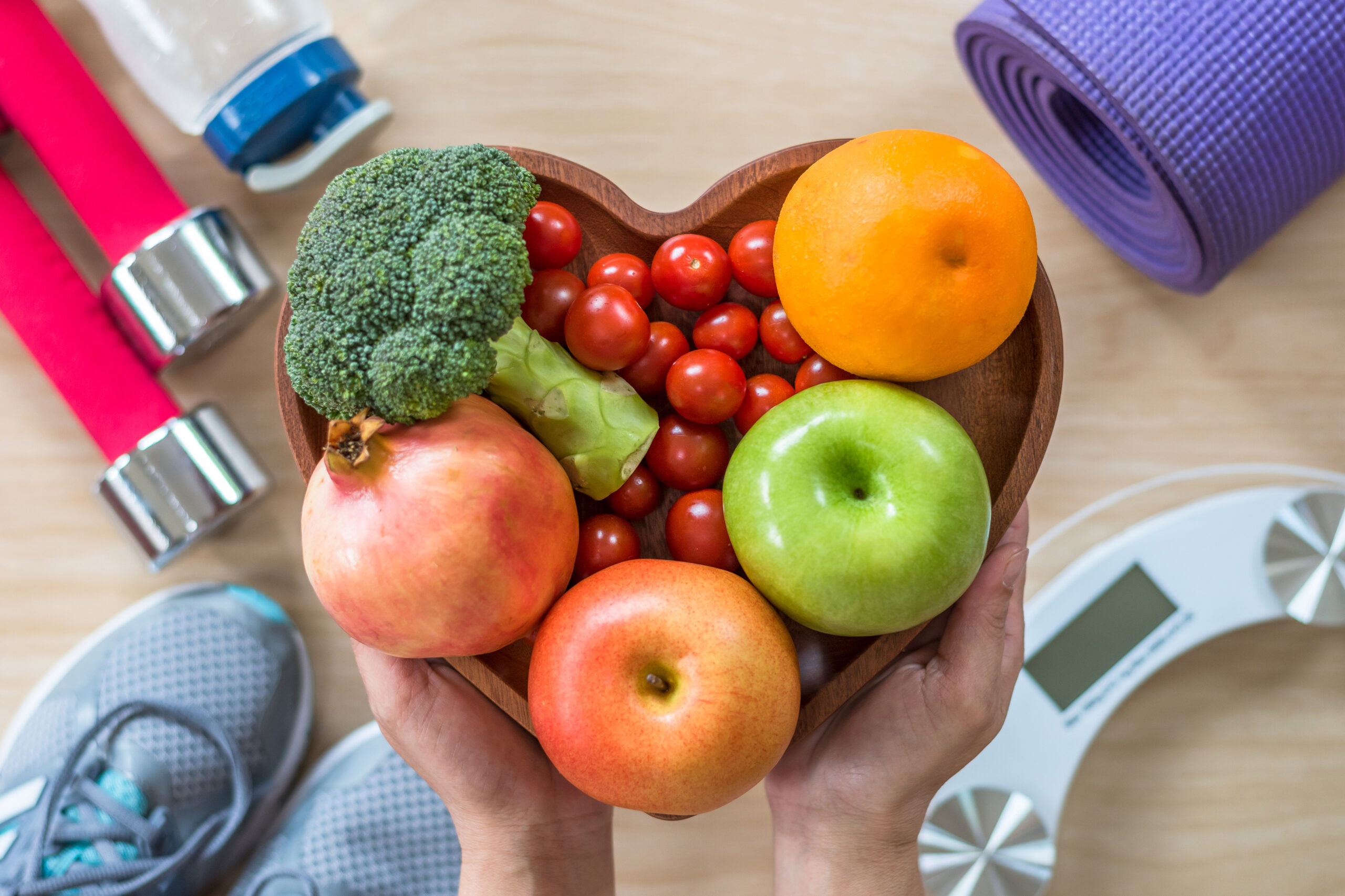Fat Burn vs. Cardio: Know the Difference

If you’re exercising to lose weight, you’ll need to incorporate cardiovascular exercise into your routine. However, you may be unsure which type of cardio workout is right for your goals and current fitness level. Working with a personal trainer can help you identify the right targets for your workout and create a routine that puts you on track towards your goals. However, it’s also helpful to understand the difference between fat burn vs. cardio zones.
Fat burn and cardio zones refer to your working heart rate and indicate how hard your heart is working during a particular workout. You might think that aiming exclusively for the fat burn zone is ideal for fat loss, but that’s not necessarily the case. Continue reading to learn what you need to know about achieving a fat burning heart rate during your cardio workouts.
How the Body Burns Fat During Your Cardio Workout
Whether you’re walking, running, or riding a bike, your body needs to access energy to keep moving. Our bodies convert both fat and carbohydrates to usable energy (ATP) that our cells can access. However, it takes more oxygen to convert stored fat into ATP, so higher-intensity exercise is primarily fueled by burning carbohydrates consumed in the food we eat. The body does not always need oxygen to convert carbs to energy, and oxygen is less readily available to cells during intense exercise. In other words, higher-intensity workouts that put your heart rate in the cardio zone will use a higher proportion of carbohydrates than body fat to fuel your workout. But a high-intensity workout also burns more calories overall, which is helpful for weight loss.
Identifying Your Fat Burn Zone and Cardio Zone
As you’re weighing the differences of fat burn vs. cardio workouts, it’s important to understand where these zones are for you. Your heart rate zones will vary depending on your age. To calculate your cardio and fat burning zones, you’ll first subtract your age from 220. This will yield your maximum heart rate. The fat burn zone is 55-70% of your maximum heart rate, and the cardio zone peaks between 70-80%.
So, a 40-year-old adult’s maximum heart rate would be 180 bpm. Their fat burn zone would be between 99 and 126 bpm, and the cardio zone would be between 127 and 144 bpm. Achieving a heart rate anywhere between 99 and 144 bpm will improve cardiovascular fitness—the difference lies in how your body is fueling your workout as discussed above.
Setting the Intensity of Your Cardiovascular Exercise
When you work out and target a higher heart rate zone, you’ll burn more calories overall with a lower proportion of fat calories burned. However, you will still likely see more fat calories burned. Consider the following example:
If you walk for 15 minutes and achieve a heart rate of 55-60% (in the fat burn zone), you’ll burn about 100 calories; about 75 of which will be from fat burn. However, running for the same amount of time and achieving a heart rate over 70% of your maximum (in the cardio zone) will burn twice as many total calories with about half being from fat burn—a total of 100 fat calories burned.
In addition to burning more calories at the time of your workout, you’ll see prolonged benefits from higher-intensity workouts as your body continues to burn more calories while you rest. But before you pack your schedule with workouts exclusively targeting the cardio zone, you should remember the importance of recovery. Maximum intensity workouts are harder on your body, so you’ll want to balance them with more moderate workouts that keep your heart rate in the fat burn zone. For example, you might choose to take three 30-minute walks and one 30-minute run each week. Alternatively, you may utilize interval training to target different heart rate zones within the same workout. No matter which cardiovascular workout plan you choose, you’ll need to measure your heart rate during your workout to stay in your target zone. Wearing a smart watch or fitness tracker is an easy way to keep an eye on your heart rate.
Fueling Your Body for a Cardio Workout
With cardio workouts of any level of intensity, your body will need fuel from the food you eat. Ideally, you should have a small snack about 30-60 minutes before your workout. Pre-workout snacks should be high in carbs with some protein, and low in fat. Optimal choices include non-fat Greek yogurt with fresh fruit, a banana with a dollop of peanut butter, a handful of trail mix, or a smoothie containing non-fat yogurt. Avoid working out just after a large meal—give yourself about 2-3 hours before beginning a cardio workout.
Starting a fitness routine doesn’t need to be complicated or difficult. Body Essentials can provide the support, guidance, and on-demand workouts you need to achieve your individual fitness goals. Access our online personal training programs today to start living your healthiest life!







